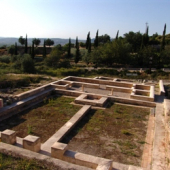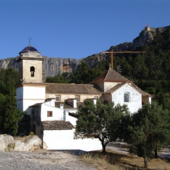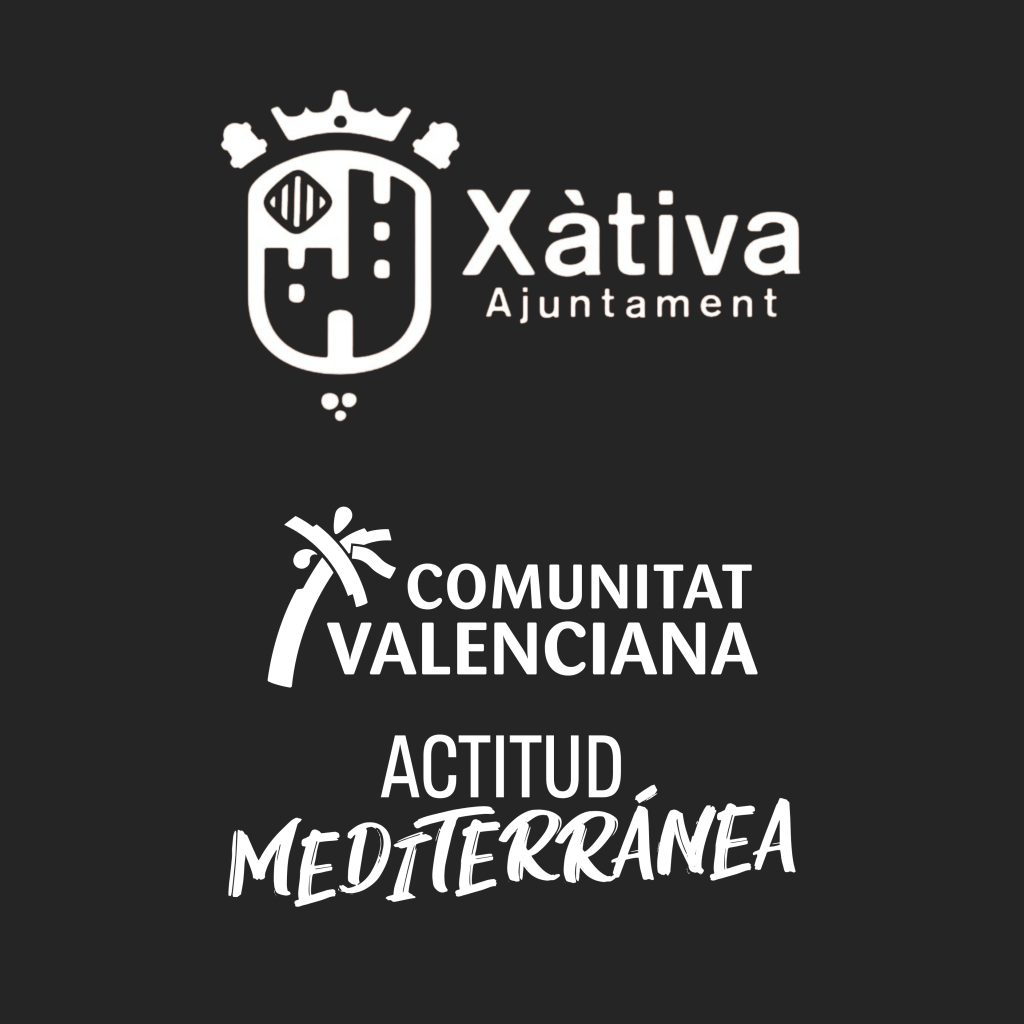Ancient Xàtiva
A saunter through the city’s origins
Ancient Xàtiva
A saunter through the city’s origins
If you have the time, make sure not to miss this leisurely stroll away from the hustle and bustle of urban life. Within the sheltering embrace of the ancient walls that once protected the city, you could climb up to castle through the area that formerly housed the Iberian, Roman, Visigothic, Arabic and Christian populations. Starting from the Bellveret viewpoint, with splendid vistas over present day Xàtiva, the path invites peaceful contemplation of sites such as the chapels of Sant Josep and Sant Feliu, interesting archaeological remains and the different kinds of wall construction.
ERMITA DE SANT JOSEP CHAPEL
The chapel was built at the end of the 18th century, commissioned by the city’s Guild of Carpenters. Close to the chapel’s oldest door, beside a magnificent Gothic cross commemorating the guild, sttod the ancient Aljama gate. According to local tradition, it was through here that Jaume I entered Xàtiva in 1244.
CITY VIEWPOINT: BELLVERET
Beautiful view: belvedere. The old walled perimeter closes around Bellveret, and this is the best site from which to drink in unforgettable views of Xàtiva and its surroundings. The Arc daurat sculpture by Manuel Boix was installed here in 1992, and was created in homage to the native Valencian sport of pelota.
REMAINS OF AN ISLAMIC PALACE
The archaeological park is located in the area surrounding the first line of walls, between the chapels of Sant Josep and Sant Feliu. In 1991, excavations revealed the remains of the 12th century Islamic palace visible today. It was laid out in the Almohad style, with four well-defined domestic, noble, guest and courtyard areas.
ERMITA DE SANT FELIU CHAPEL
“On the slopes of El Castell, at the same height or level as the Ermita de Santa Bárbara chapel and somewhat higher than that of the Salvador or las Santas, between both chapels, rises the San Felix chapel, surrounded by carob trees and prickly pears on a site that towers over the city, among the ruins of the former Roman and Visigoth Saetabis.”
Carlos Sarthou – Guía gráfica de Játiva – 1930
THE SNOW CELLAR
Standing testimony to a bygone snow industry that vanished in the 19th century is this magnificent, recently restored cellar. Snow from caves belonging to the city in the sierra de Mariola hills was stored here prior to distribution. It was built between the 17th and 18th centuries.
TORRE DE L’ALMETLA TOWER
This is the only tower to have been preserved along the west wall. Of Gothic origin, as evidenced by the keystone in the gate, the tower was the point of departure for the road to Castile, which ran along the route of the present day road to Bola.
TORRE DEL SOL TOWER
The easternmost tower along the east wall, the Torre del Sol Towere sits atop the mount from where the sunrise can be beheld every day. Built in the Almohad style, comprehensive restoration completed at the beginning of this century has returned it to its former splendour. There is documented evidence that construction began in 1201.
EASTERN WALLS
This section of the wall extends from the majestic Penya Roja to the Pólvera tower at the end of the calle Carners street. It separated the former convent of Montsant, within the walls, from that of Sant Onofre el Vell, beyond the walls.
WESTERN WALLS
Along these walls are preserved the l’Almetla tower, and further up, before reaching the dels Coloms cave, the gate through which carters bringing snow from the caves in the sierra de Mariola hills to the snow cellar must have passed.
PLANT MICRO-RESERVE
The slopes around the El Castell castle host a unique, endemic flora that has been the subject of numerous botanical studies, commencing with Cavanilles and his Observaciones. In 1999, the area was officially declared a Plant Micro-Reserve. The most important species are orella de ratolí (Sarcocapnos saetabensis, shown in the picture), ull de perdiu (Silene diclinis), rogeta de penya (Saxifraga corsica) and boqueta de gos (Chaenorhinum origanifolium). These are especially abundant around the western walls, the snow cellar and the dels Lleons cave.
AUDIO GUIDES





